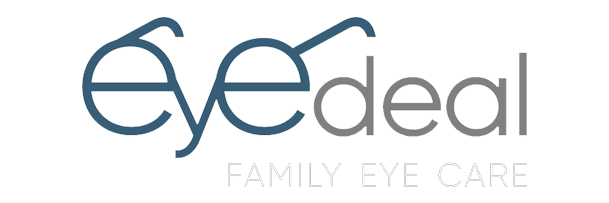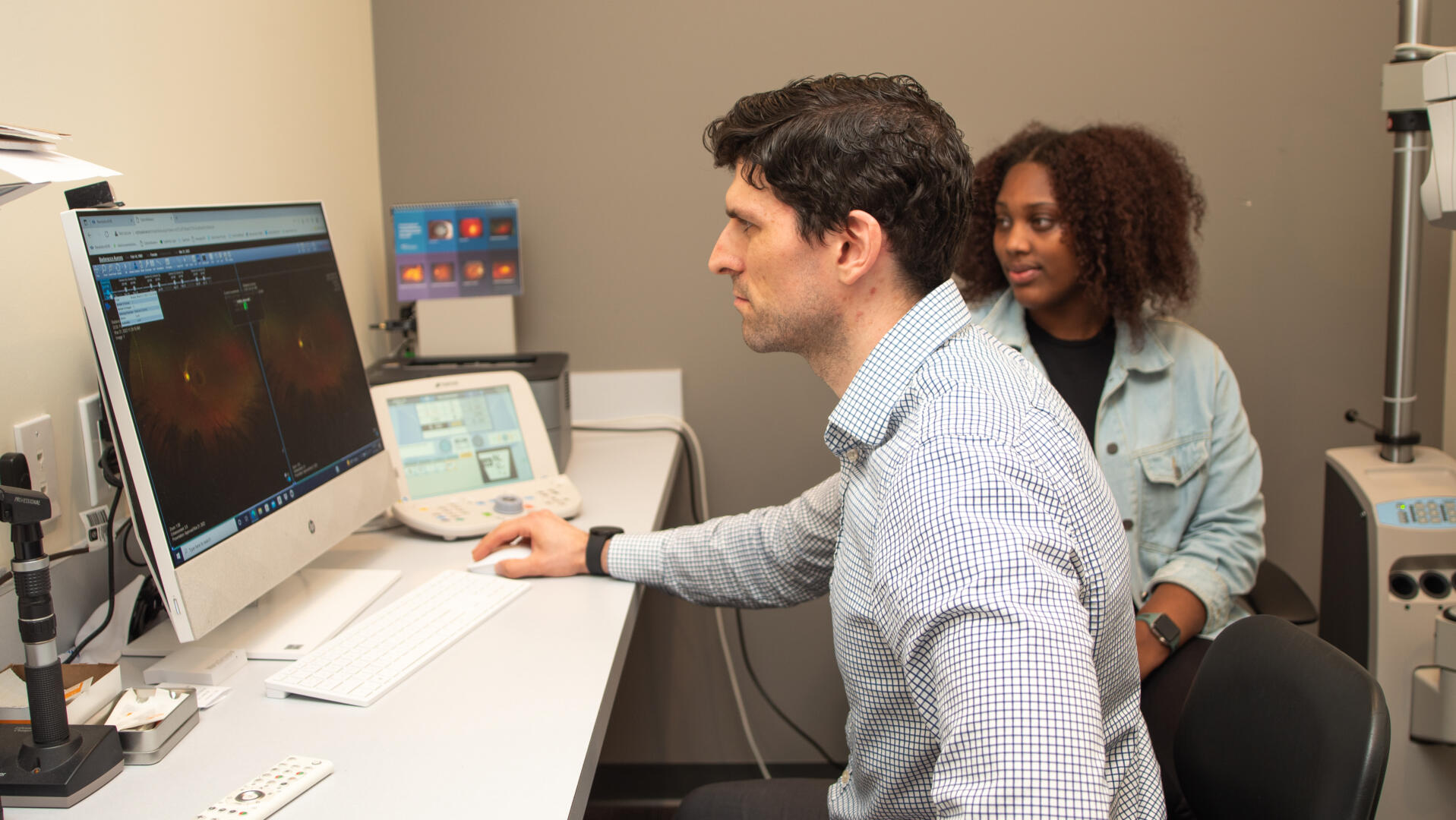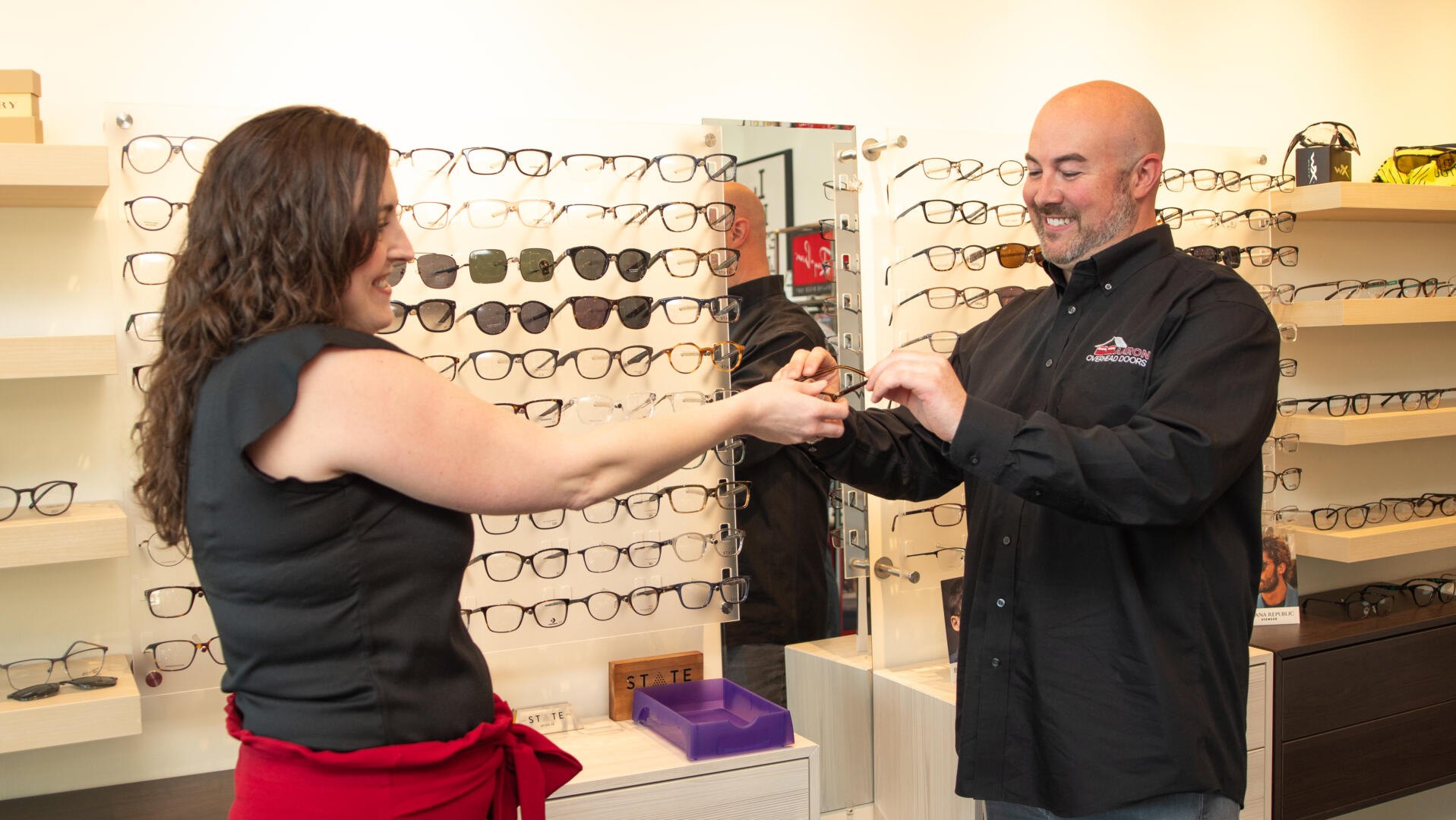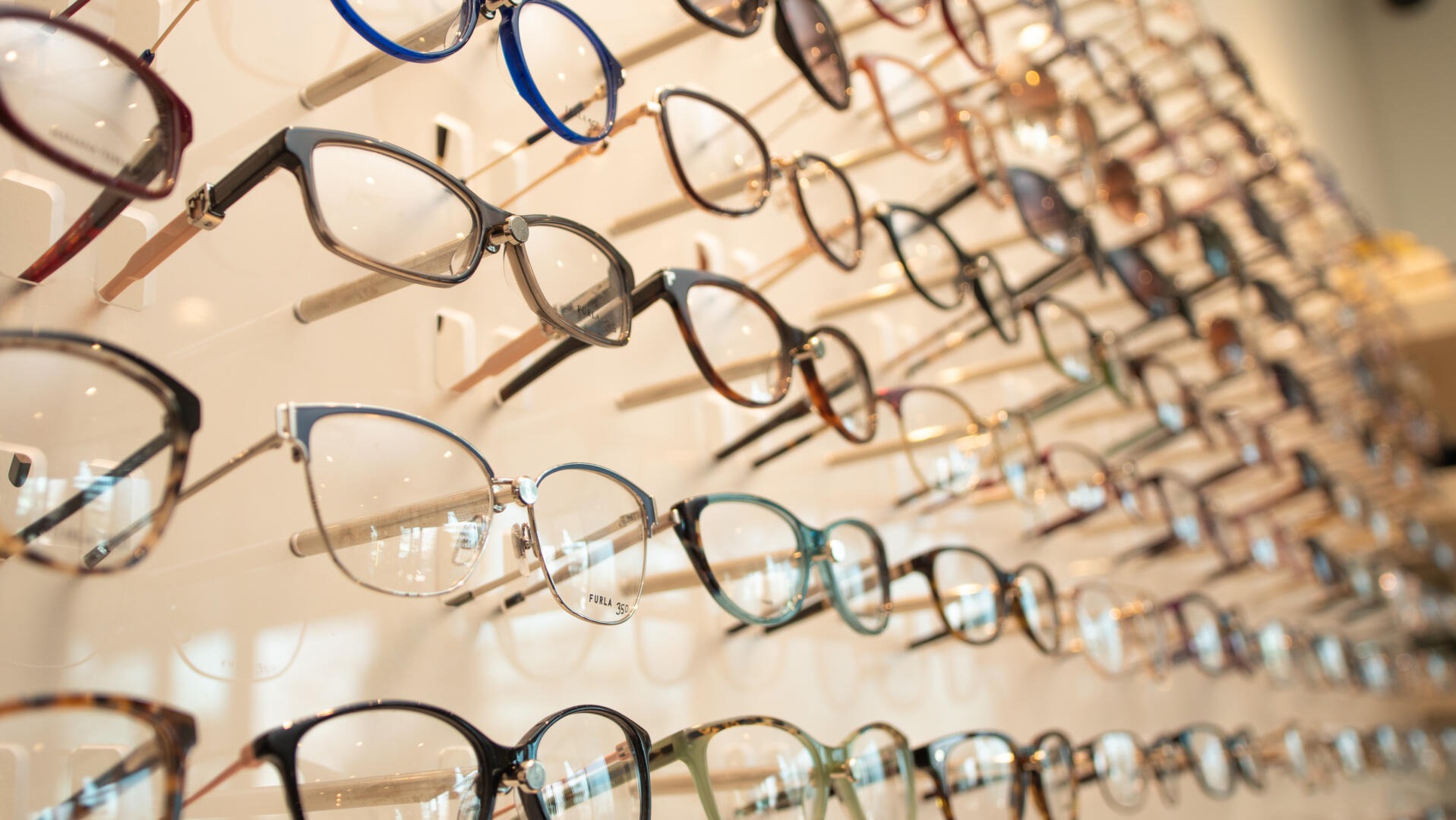Eyedeal Presents New Optilight Service for Patients
Optilight with aesthetics by Lumenis is an additional service offering patients an alternative treatment for instant dry eye relief. Optilight is a light-based, non-invasive treatment done below the eye to treat dry eyes. Eyedeal Family Eye Care presents intense pulsed light treatment to all patients suffering from uncomfortable and itchy dry eyes. This eye care service is deemed safe and simple for regular treatment.
Instead of expensive eye surgery, ask our optometrists for Optilight as your treatment protocol. Backed by more than 20 clinical studies, Optilight by Lumenis is safe and gentle for eye care patients 22 years of age and above!
A New Solution for Dry Eye Disease
Imagine no longer depending on drugstore eye drops to feel relief from your dry eyes. Optilight ensures full treatment of what causes dry eye by aiming for the problem areas exactly causing it.
The new solution targets multi-areas of inflammation leading to dry eye disease like abnormal blood vessels, bacteria, mites, and other pro-inflammatory agents. Instead of masking it with eye drops, its light therapy is applied on the skin below the eyes, so it’s non-invasive. Sixteen million Americans deal with dry eyes, and Optilight specifically treats an area of inflammation as a better alternative to invasive surgery, like cataract surgery.
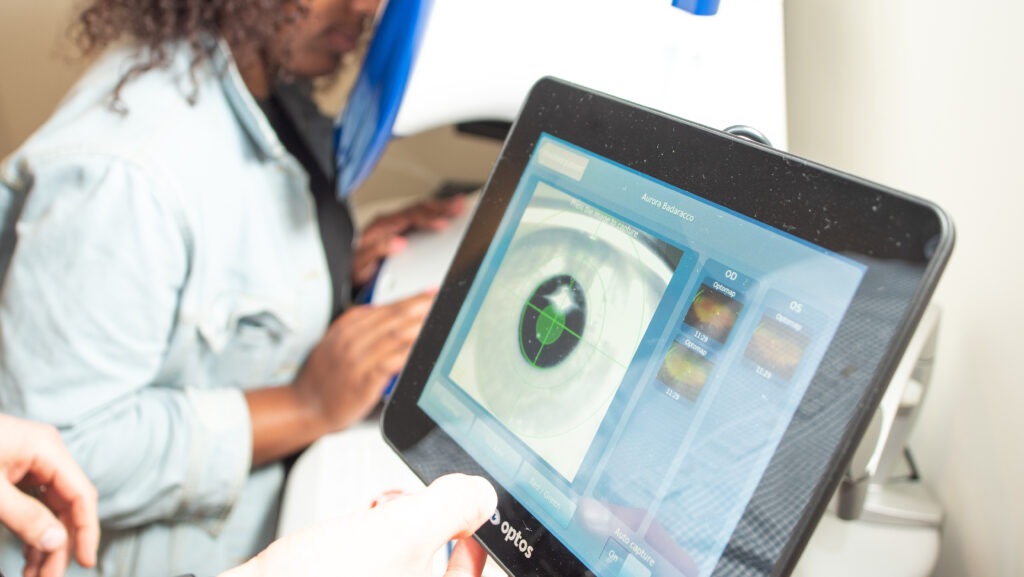
Optilight Treated in Sessions
The newest innovation for solving dry eye is not the end-all-be-all. Optilight requires multiple sessions, and Eyedeal Family Eye Care recommends maintenance treatment every 6-12 months for continued satisfaction in being free from dry eye disease.
The treatment protocol consists of 4 total sessions, 2-4 weeks apart.
- During treatment, your practitioner will cover your eyes with shields and apply a thin layer of coupling gel on the treatment area.
- During treatment, light is applied to the skin below the eyes; most patients report minimal discomfort.
- OptiLight is followed by meibomian gland expression.
- Each session takes only 10-15 minutes.
Patients usually report an improvement after the second or third session. After each session, there may be some slight redness in and around the eye area, but you’re safe to drive and go about your day immediately after an Optilight eye session.
Is Optilight a brand-new solution for eye care?
Optilight is very new for the largest energy-based medical device company Lumenis. The inventor of intense pulsed light (IPL) technology released Optilight to professional optometrists’ offices in the spring of 2021.
Do I need continued treatment with Optilight?
While every patient may experience different lasting results, maintenance appointments are recommended every 6-12 months.
Can Optilight be used as a preventative practice for dry eye disease?
Optilight has been stamped as being so safe, it can be conducted on patients who deal with moderate irritating conditions. For lasting relief, ask Eyedeal about Optilight with aesthetics by Lumenis.
Is Optilight treatment suitable for everyone?
Talk with an Eyedeal Family Eye Care professional about your eye and medical history before undergoing an intense pulsed light treatment like Optilight. Patients with the following conditions in the treatment area should not use Optilight treatment:
- Ocular surgery, eyelid surgery, or Neuro-paralysis within 6 months prior to the first treatment.
- Uncontrolled eye disorders affecting the ocular surface.
- Pre-cancerous lesions, skin cancer, or pigmented lesions in the planned treatment area.
- Uncontrolled infections or uncontrolled immunosuppressive diseases.
- Recent Ocular infections.
- Prior history of cold sores or rashes in the perioral area, including Herpes simplex 1 & 2, Systemic Lupus erythematosus, and porphyria.
- Use of photosensitive medication and/or herbs that may cause sensitivity within 3 months prior to the first Optilight session.
- Recent radiation therapy to the head, neck, or planned radiation therapy.
- Recent treatment with a chemotherapeutic agent or planned chemotherapy.
- History of migraines, seizures, or epilepsy.
